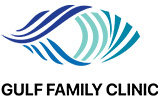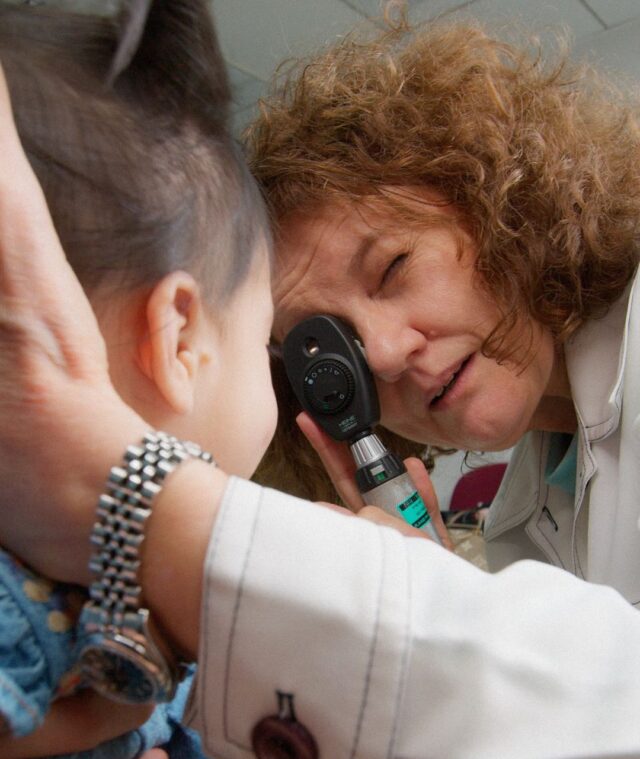Image by Nguyen Dinh Lich from Pixabay
Myopia or nearsightedness is increasingly prevalent among children. A study published in the Journal of Clinical Ophthalmology in 2018 reported that among 60,789 pediatric patients (5 to 19 years old) enrolled in the Kaiser Permanente Southern California health plan from 2008 to 2013, 41.9% had myopia.
There are several factors associated with the incidence of pediatric or juvenile myopia, but that’s a discussion best left for another time. If your child has myopia, what might concern you more is orthokeratology myopia control and other methods that can help slow down or even arrest its progression.
Read on for the three methods ophthalmologists nowadays recommend to manage and prevent myopia in children from worsening.
1. Orthokeratology
Orthokeratology or Ortho-K entails a myopic child using rigid, gas-permeable contact lenses (also called molds) during sleep time. While your child is sleeping, the ortho-K contact lenses work to reshape the cornea sufficiently so that your child will have clearer distance vision in his waking hours, preferably without using eyeglasses or contact lenses.
To understand how orthokeratology works, you need to learn more about myopia and its causes. Specifically, myopia is caused by one or both of these factors:
- The eyeball grew too long.
- The cornea is too curved.
In myopia, the eye focuses light or images in front of the retina instead of on it. Consequently, your child sees nearby objects clearly but sees faraway objects less clearly or as blurred.
Now, orthokeratology lenses derive their efficacy and benefit from two things.
First, the lenses/molds flatten the central cornea and steepen the peripheral cornea. When the contact lenses are removed, the cornea retains its newly acquired shape, so your child can see distant objects clearly even if he is not wearing corrective eyeglasses.
The peripheral cornea that went steeper during the sleep time molding process, then focuses the peripheral vision (like a bowl) inside the eyeball — like in the description below for soft multifocals — instead of a straight plane of focus given by ordinary glasses and contact lenses. This leads to the second benefit:
Second, ortho-K lenses also reduce the eyeball’s growth rate to as little as 0.15mm per year. Remember how an excessively long eyeball (measured from front to back) also causes myopia? Orthokeratology not only reshapes the cornea but also helps keep your child’s myopia from worsening by slowing down their eyeball’s growth. This twin beneficial effect of orthokeratology is particularly more discernible in younger children.
Orthokeratology is a painless, non-invasive, and one of the more effective means of managing and slowing down the progression of myopia in children. If this is something you’re interested in for your child, talk to orthokeratology specialists in one of the orthokeratology clinics near you.
2. Multifocal Contact Lenses
Clinical research funded by the National Eye Institute found that multifocal contact lenses can also reduce or even arrest the progress of myopia in children.
Multifocal contact lenses are soft contact lenses that have multiple focusing powers or two or more vision-correcting prescriptions. They are often used to correct presbyopia or near-vision problems by adults, particularly those 40 years old and older.
Used by children with myopia, however, multifocal contact lenses can slow down eyeball growth (i.e., axial length growth), which then prevents the worsening of myopia.
In the clinical trial, the multifocal contact lenses used have a prescription that corrects for distance at the center. The light that passes through this portion of the lenses is focused directly on the retina, ensuring clear distance vision.
However, the outer portion of the lenses has a near-vision correcting prescription. This is an important distinction, and it is what makes these multifocal lenses effective and single-vision lenses ineffective in preventing the worsening of myopia.
In glasses and single vision contact lenses (those with only one prescription and correct only for nearsightedness), the light that passes through the center is correctly focused on the retina, resulting in clear distance vision. However, the light that passes through the periphery is focused behind the retina.
Unfortunately, the eye takes this (images focused behind the retina) as a cue to continue growing. This is not good for an already myopic child. Further growth of the eyeball can only mean the progressive worsening of his myopia as his eyes continue to develop.
On the other hand, multifocal contact lenses focus light passing through the periphery in front of the retina instead of behind the retina, which cues the eye to slow down growth. Subsequently, myopia (caused by a longer eyeball) tends to progress slower.
The study also found that the more powerful the near-vision prescription in the lenses’ periphery, the more effective the multifocal lenses are in slowing down myopia.
3. Low-Dose Atropine
Ophthalmologists have also found Atropine, a topical medication used mainly as a pupil dilator for eye exams or eye surgery, as an effective means of slowing down the progress of myopia in children.
At the moment, and based on the Atropine in the Treatment of Myopia studies, it appears that 0.01% is the optimal atropine dose for slowing down eye growth (and thus myopic progression) with minimal side effects. A higher dose is more effective, but it can lead to more side effects and a greater chance of rebound when treatment with atropine stops.
However, it remains largely unclear exactly how Atropine slows down the progression of myopia in children. It is clear that it relaxes the muscles that help the eyes focus. This ability to restrain changes in refraction somehow gives it the power to prevent the worsening of myopia in children. Side effects and availability do limit this modality’s use in smaller markets.
Arrest the Progress of Myopia in Children
A study published in Jama Ophthalmology in 2020 reports that the younger a person is diagnosed with myopia, the greater his risk is for developing high myopia in adulthood.
Ideally, therefore, we want to delay the onset of myopia for as long as possible. This is why children must have sufficient outdoor physical activity (two hours or more per day), adequate sunlight, and reduced near-work activities (e.g., smartphone use) other than essential as in schoolwork.
However, if your child already has myopia, there are ways to slow down its progress.
You might ask – How about laser-assisted in situ keratomileusis, laser-assisted subepithelial keratectomy, photo refractive keratectomy, or any other type of laser eye surgery? Dubai is indubitably one of the best places to get refractive eye laser treatment. People from all over the world come to the UAE to get their laser eye surgery in Dubai.
Unfortunately, eye laser surgery for vision correction is not indicated for individuals below 18 years. Therefore, for children, ophthalmologists are more likely to recommend orthokeratology, multifocal lenses, and low-dose atropine as interventions to slow down the progress of myopia.
If you suspect your child has myopia, bring him in for a diagnosis so that we can begin treatment to prevent the worsening of his symptoms and condition.
Gulf Eye Center is one of the leading eye clinics that offers orthokeratology in Dubai.
Contact us to set an appointment with one of our orthokeratology specialists.








